Technological Innovations
Technological advancements play a crucial role in enhancing the efficiency and viability of the Small Hydropower Market. Innovations in turbine design, energy conversion systems, and automation technologies have led to improved performance and reduced operational costs for small hydropower plants. For instance, the development of micro-hydropower systems has made it feasible to harness energy from smaller water flows, expanding the potential for small hydropower installations in diverse geographical locations. Additionally, the integration of smart grid technologies allows for better energy management and distribution, further optimizing the use of generated power. As these technologies continue to evolve, they are likely to attract more stakeholders to the Small Hydropower Market, fostering growth and sustainability.
Supportive Regulatory Frameworks
Supportive regulatory frameworks are instrumental in shaping the Small Hydropower Market. Governments worldwide are increasingly implementing policies and incentives to promote renewable energy projects, including small hydropower. These frameworks often include feed-in tariffs, tax credits, and streamlined permitting processes, which can significantly reduce the barriers to entry for new projects. For example, in several regions, the establishment of renewable energy targets has led to a surge in small hydropower installations, contributing to a more diversified energy portfolio. The presence of such supportive regulations not only encourages investment but also enhances the overall attractiveness of the Small Hydropower Market, as stakeholders seek to capitalize on favorable conditions for development.
Rural Electrification Initiatives
Rural electrification initiatives are a vital driver for the Small Hydropower Market, particularly in regions where access to electricity remains limited. Small hydropower Market systems offer a practical solution for providing reliable energy to remote communities, thereby improving living standards and fostering economic development. Many governments and non-governmental organizations are actively promoting small hydropower as a means to achieve universal energy access. According to estimates, approximately 1.2 billion people still lack access to electricity, and small hydropower could play a significant role in bridging this gap. By facilitating rural electrification, the Small Hydropower Market not only addresses energy poverty but also contributes to sustainable development goals.
Environmental Sustainability Concerns
Environmental sustainability concerns are increasingly influencing the dynamics of the Small Hydropower Market. As awareness of ecological issues grows, stakeholders are more inclined to invest in energy solutions that minimize environmental degradation. Small hydropower Market systems are often viewed as a more sustainable alternative to larger hydroelectric projects, as they typically have a lower ecological footprint and can be integrated into existing water systems with minimal disruption. The emphasis on sustainable practices is likely to drive demand for small hydropower solutions, as communities and governments seek to balance energy needs with environmental stewardship. This trend suggests a promising outlook for the Small Hydropower Market, as it aligns with broader global efforts to combat climate change and promote sustainable resource management.
Increased Demand for Renewable Energy
The rising demand for renewable energy sources is a pivotal driver for the Small Hydropower Market. As nations strive to meet their energy needs sustainably, small hydropower systems are increasingly recognized for their ability to generate clean energy with minimal environmental impact. According to recent data, the share of renewable energy in the global energy mix is projected to reach 50% by 2030, with small hydropower contributing significantly to this transition. This growing emphasis on sustainability is likely to propel investments in small hydropower projects, as they offer a reliable and efficient means of harnessing water resources for energy production. Furthermore, the Small Hydropower Market is expected to benefit from the increasing public awareness regarding climate change and the need for energy independence.


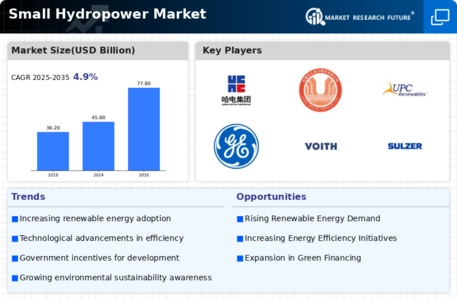
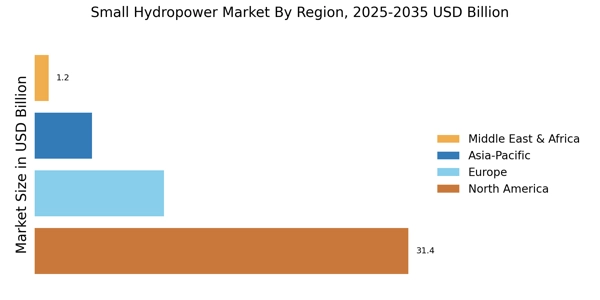
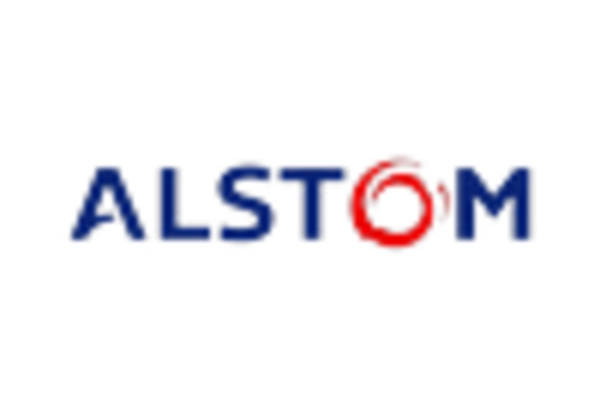

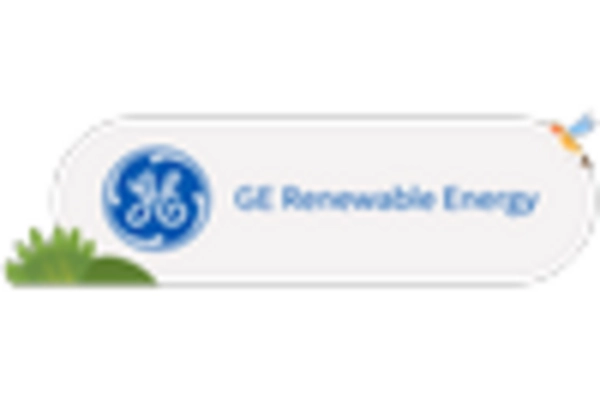


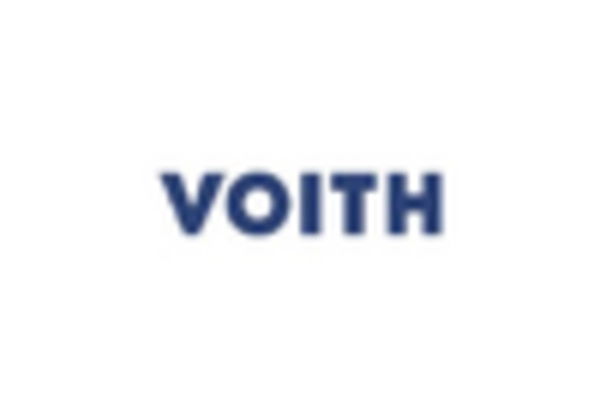








Leave a Comment